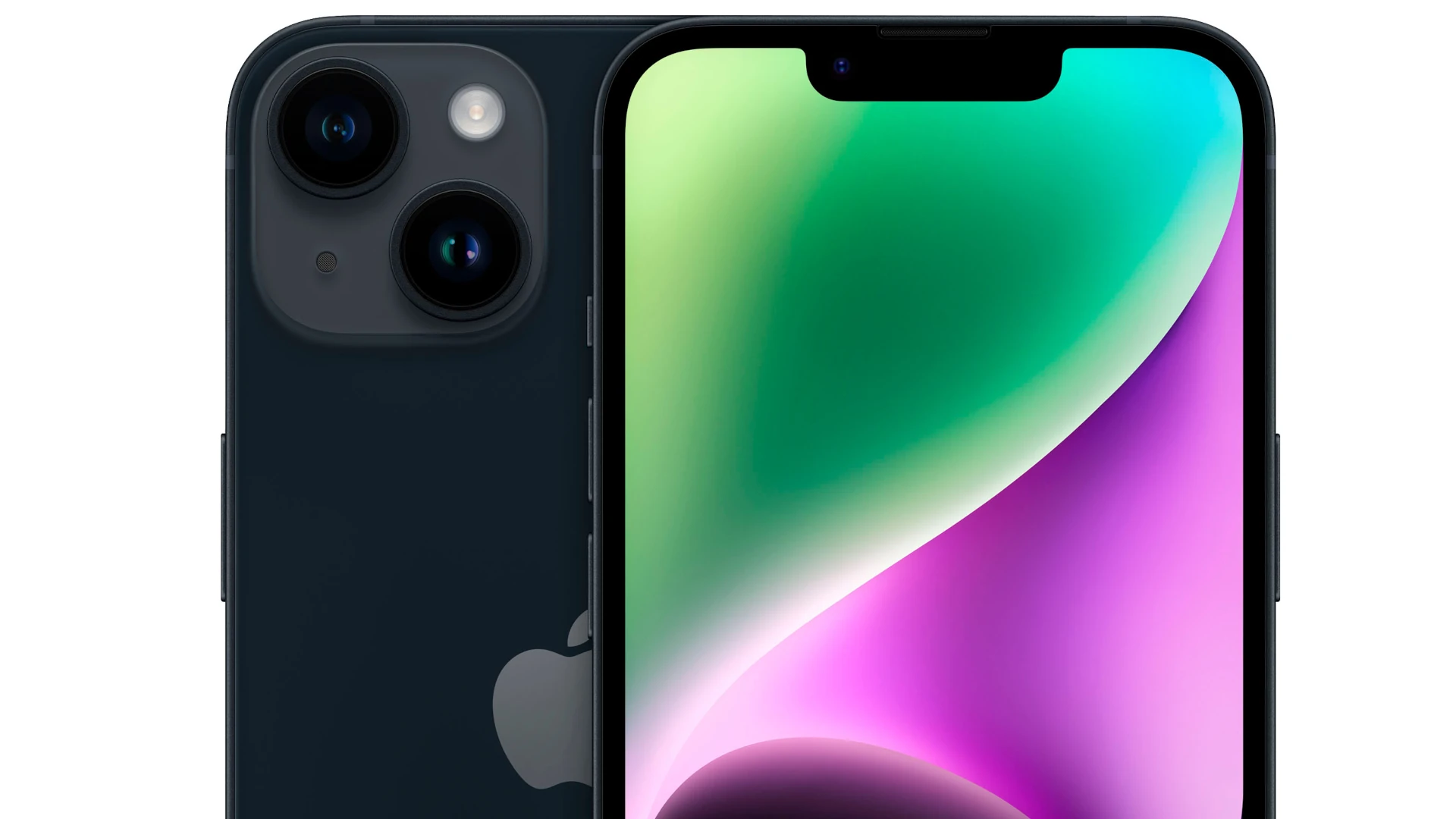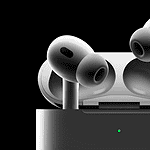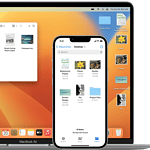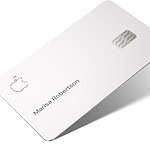Apple’s budget iPhone might not be so budget-friendly anymore. The upcoming iPhone SE 4, rumored to launch on February 19, 2025, is set to break away from its affordable reputation with a starting price of $499 for the base 128GB model — a notable $70 increase over the previous SE’s $429 price point.
While the price jump might shock longtime SE fans, the underlying changes reveal a strategic shift in Apple’s approach to its entry-level device.
Why the Price Increase? A Leap in Features
The iPhone SE 4 isn’t just more expensive; it’s also more advanced. Apple is giving the SE line its most substantial facelift since its inception, incorporating features once reserved for flagship models:
- OLED Display:
The SE 4 will ditch its outdated LCD panel in favor of a 6.1-inch OLED display — the same display technology found in the iPhone 14 series. OLED panels deliver richer colors, deeper blacks, and better power efficiency compared to LCDs. This shift alone represents a significant cost increase for Apple but vastly improves the user experience. - Face ID Comes to the SE:
For the first time, Apple’s budget iPhone will adopt Face ID, replacing the physical home button and Touch ID. This move aligns the SE design more closely with modern iPhones, leaving behind the chunky bezels that have defined the SE lineup for years. - USB-C Port & A18 Chipset:
In compliance with new EU regulations, the iPhone SE 4 will feature a USB-C charging port. Additionally, it’s expected to be powered by Apple’s A18 chip, the same silicon found in the upcoming iPhone 16 lineup, paired with 8GB of RAM. This not only improves performance but also extends software support for years to come. - 5G Improvements:
Apple will reportedly integrate Qualcomm’s latest 5G modem, enhancing network speeds and reliability, particularly for users in urban environments where mid-band 5G networks are expanding rapidly.
Apple’s Pricing Strategy: More Than Just an SE
The iPhone SE 4’s higher price tag is part of a larger industry trend. Over the past five years, smartphone component costs have surged, with displays, chipsets, and advanced camera systems becoming more expensive to produce. Additionally, Apple is positioning the SE 4 to compete more directly with mid-range Android phones, like Google’s Pixel 7a and Samsung’s Galaxy A55.
Interestingly, there’s speculation that Apple may rebrand the iPhone SE 4 as the “iPhone 16E” to align it with its upcoming flagship lineup. This potential rebranding reflects how far the SE line has come — from a nostalgic nod to older iPhone designs to a modern device with near-flagship capabilities.
Can the iPhone SE 4 Still Compete in the Budget Market?
Despite the price increase, the iPhone SE 4 remains competitively priced when compared to its closest rivals. Google’s Pixel 7a, which launched at $499, offers similar specs, including an OLED display and robust software support. However, Apple’s iOS ecosystem, longer update cycle, and new A18 chip may give the SE 4 an edge, especially for users looking for longevity and performance.
Moreover, Apple has traditionally seen success with price hikes when paired with compelling features. For instance, when the iPhone XR debuted at $749 — a price considered high for a “budget” model at the time — it went on to become the best-selling iPhone globally.
The Verdict: Budget iPhone, Premium Experience
While the $499 price tag might feel like sticker shock to SE loyalists, the iPhone SE 4 is shaping up to be more than just an entry-level iPhone. With an OLED display, Face ID, USB-C, and the latest A18 chip, the SE 4 brings a slice of the flagship experience to a more accessible price point.
For those who’ve been holding onto older SE models for their affordability, the decision to upgrade might now hinge on whether these premium enhancements justify the cost increase. One thing’s for sure: Apple’s definition of “budget-friendly” is evolving, and with it, the expectations for what an entry-level iPhone can be.
Key Takeaways
- The iPhone SE 4 launches February 19, 2025 with a starting price of $499
- Face ID replaces Touch ID as the SE line moves to a modern design
- The new model includes premium features like an OLED display while staying under $500
Anticipated Changes in the iPhone SE 4
The iPhone SE 4 marks a significant shift in Apple’s budget smartphone strategy, introducing premium features while pushing the price ceiling closer to mid-range territory.
Pricing Strategy and Market Positioning
The iPhone SE 4 will likely cost $499, representing a $70 increase from its predecessor. This price adjustment positions it as a mid-range device rather than a budget option.
The higher price reflects substantial upgrades in components and features, bringing it closer to the iPhone 14’s capabilities.
Apple aims to attract budget-conscious consumers who want flagship features without paying $799+ for premium models.
The SE 4 fills a strategic gap between refurbished iPhones and new flagship models.
Hardware and Performance Upgrades
The device will feature a 6.1-inch OLED display, matching the screen size of recent flagship iPhones.
Key Performance Features:
- A16 Bionic chip
- 8GB RAM
- Enhanced 5G capabilities
- Improved battery life
- 48MP main camera system
The new camera setup enables advanced photography features like Portrait mode and better low-light performance.
USB-C charging replaces the Lightning port, aligning with current industry standards.
Design and Feature Innovations
Face ID replaces Touch ID, eliminating the home button for a modern all-screen design.
The SE 4 adopts the iPhone 14’s design language with:
- Slim bezels
- Aluminum frame
- MagSafe support
- Dynamic Island interface
These changes mark the biggest design update in the SE line’s history.
The larger display and updated interface deliver a premium user experience previously reserved for flagship models.
Release Timing and Consumer Expectations
Apple plans to announce the iPhone SE 4 on February 19, 2025.
The device will reach stores in March 2025, maintaining Apple’s traditional spring release window for SE models.
Pre-orders will likely start within a week of the announcement event.
Market analysts predict strong demand from iPhone 8 and original SE users looking to upgrade.
The timing allows Apple to capture market share before the iPhone 16 launch in fall 2025.
Frequently Asked Questions
The iPhone SE 4 brings major changes to Apple’s budget smartphone lineup, with updates to its design, display technology, and authentication methods at a new price point of $499.
What are the expected features and specifications of the iPhone SE 4th generation?
The iPhone SE 4 replaces Touch ID with Face ID as its primary authentication method.
The device features an OLED display, marking a significant upgrade from previous LCD screens in the SE line.
5G capabilities come standard on the new model, ensuring faster mobile data speeds.
How is the iPhone SE 4 battery capacity different from its predecessors?
[Note: Battery capacity information not available in search results or knowledge base]
When can consumers expect the iPhone SE 4 to be available for purchase?
Apple plans to announce the iPhone SE 4 on February 19, 2025.
Pre-orders may begin as early as February 14, with full retail availability between February 21-28, 2025.
How does the price of the iPhone SE 4 compare to previous models at launch?
The iPhone SE 4 starts at $499 for the 128GB model, representing a $70 increase from the SE 3’s $429 launch price.
The price increase reflects new premium features like the OLED display and Face ID technology.
What improvements in design are anticipated in the iPhone SE 4 compared to earlier versions?
The SE 4 adopts a modern design that incorporates Face ID, eliminating the home button found on previous models.
The new model features an edge-to-edge OLED display, moving away from the dated design of its predecessors.
How does the iPhone SE 4’s price point reflect its position in Apple’s product lineup?
At $499, the SE 4 maintains its position as Apple’s most affordable iPhone while offering several flagship features.
The price positions it as a mid-range option between budget Android phones and premium iPhones.
The higher price point reflects Apple’s strategy of bringing premium features to its entry-level devices.







